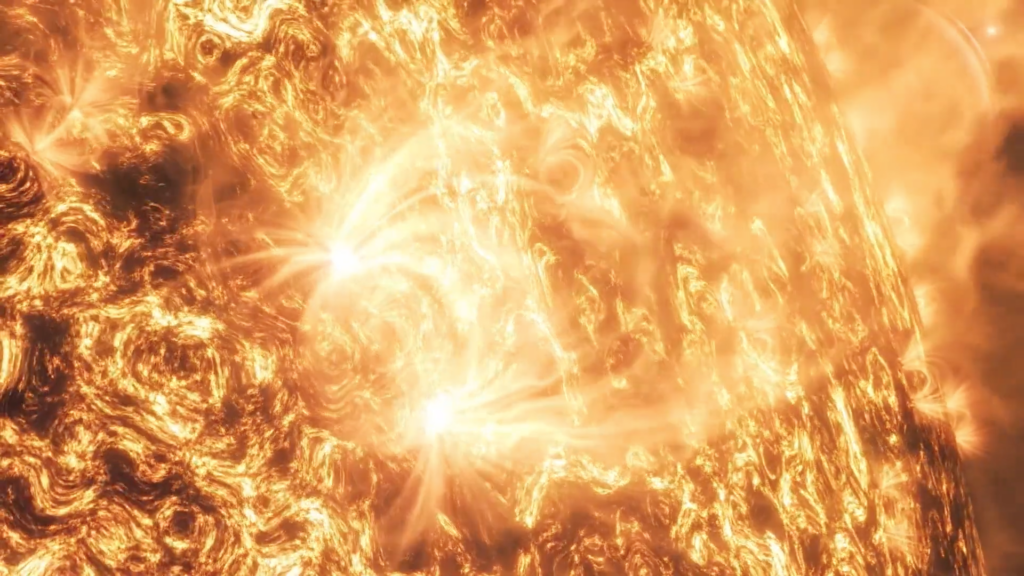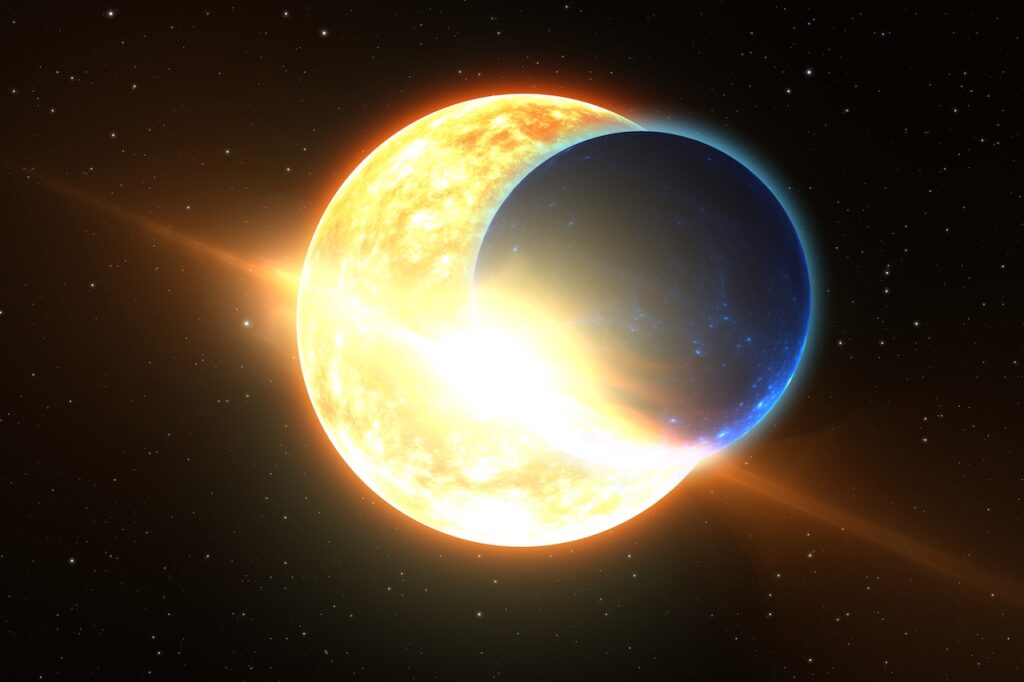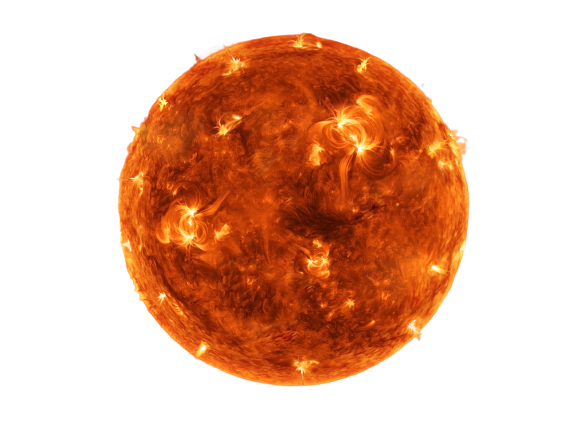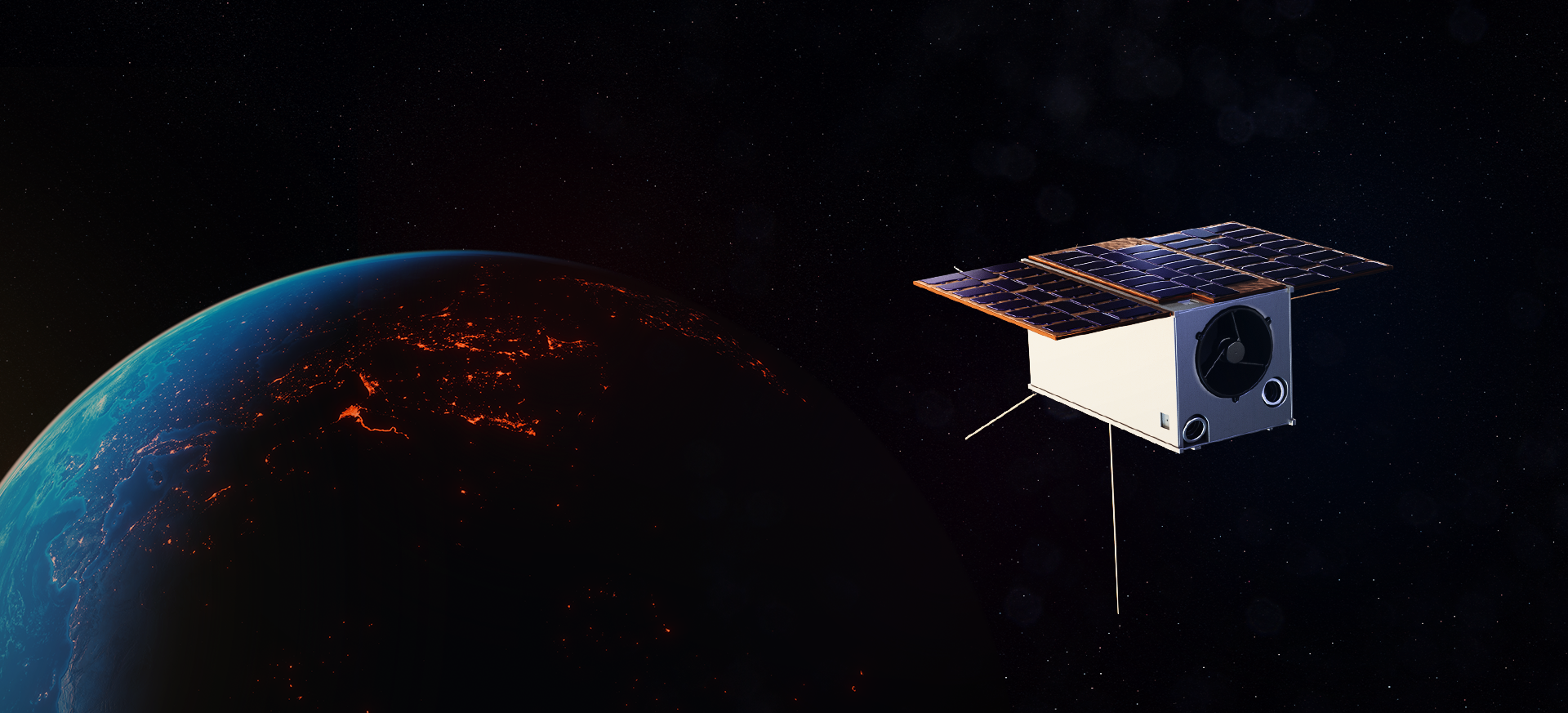

Ultraviolet Spectroscopy of Stars
Mauve is a UV satellite conceived to study stars in our galaxy, providing a greater understanding of their magnetic activity, powerful flares, and the impact on the habitability of neighbouring exoplanets. The science programme will be delivered via a multi-year collaborative survey programme, with thousands of hours each year available for long baseline observations of hundreds of stars, unlocking a significant time domain astronomy opportunity.

Stellar Science
UV Spectroscopy (200-700 nm)

Collaborative 3-Year Survey

2025 Launch
Science Opportunity
Mauve will significantly increase the availability of UV spectra, providing a rare opportunity to revisit bright, active stars inaccessible since observations were delivered from the International Ultraviolet Explorer (IUE) in 1996 and Galaxy Evolution Explorer (GALEX) in 2013. Mauve’s wide wavelength range and field of regard will empower scientists with the data they need to better understand the physics of Stellar magnetic activity. Member scientists will contribute to a broad range of evolving science cases and will collaborate to build the multi-year survey programme prior to the commencement of mission operations in 2025.
The Satellite
Mauve is being designed in collaboration with leading satellite and instrument manufacturers C3S and ISISPACE. The high-heritage approach to the design and component selection will deliver a high-specification astronomy satellite within the short timeframes usually associated with commercial satellites. The satellite will operate in a low-Earth orbit, maximising opportunities for science observations along the ecliptic plane.
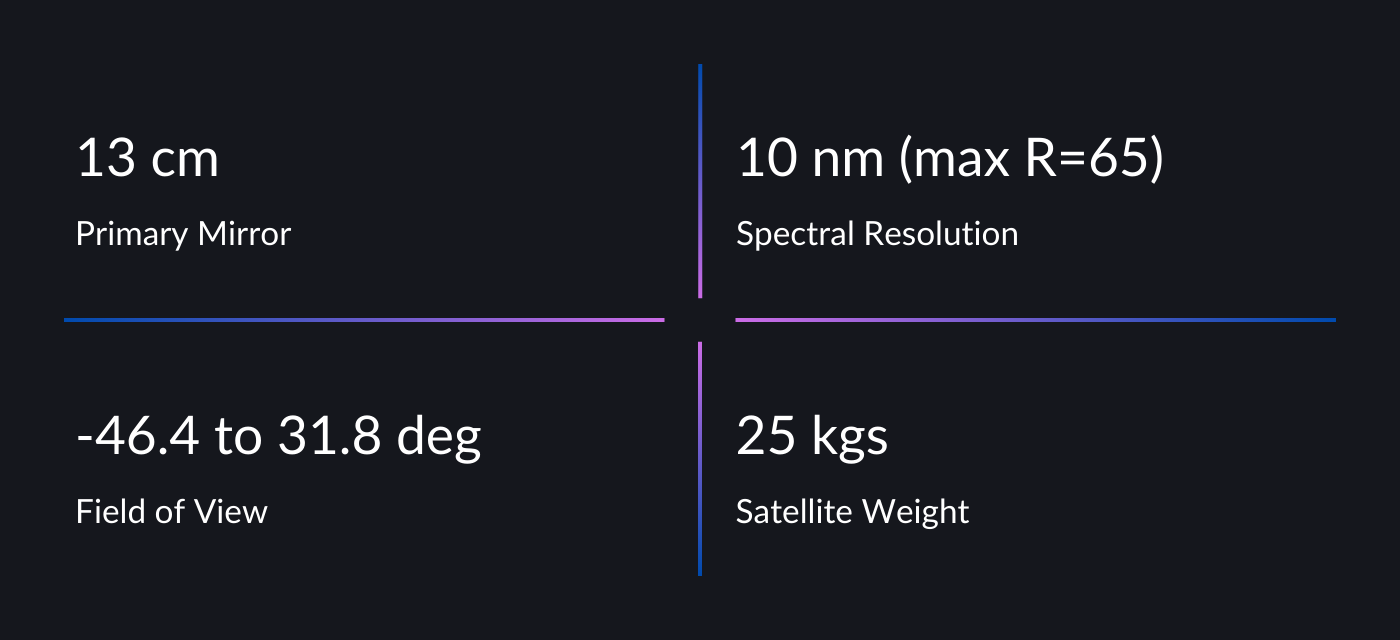
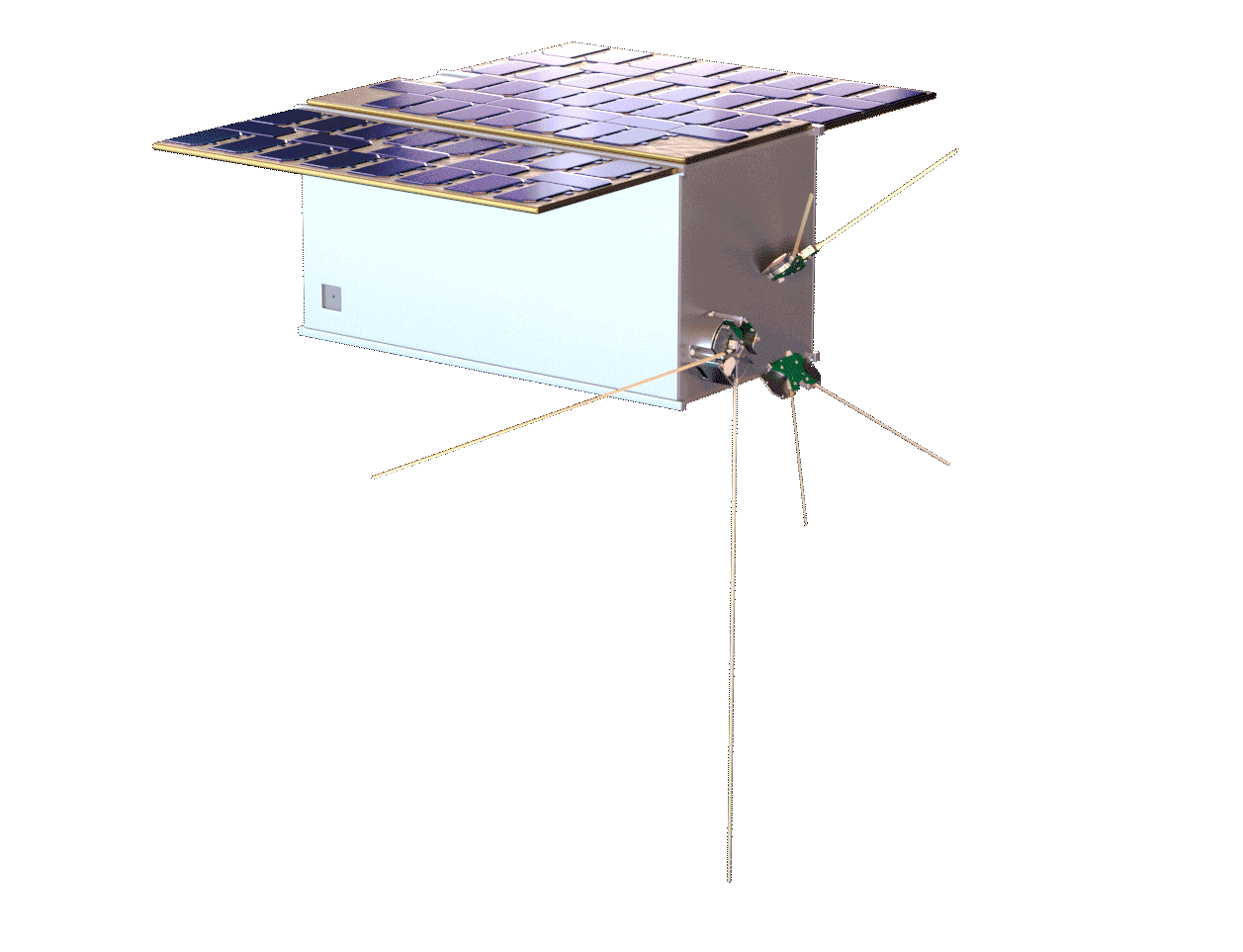


Survey Programme
Mauve’s structured survey programme will bring together an international collaboration of scientists to study hundreds of stars, leading to high-impact science publications. Thousands of observational hours will be dedicated to each year of the survey, with many stars continuously available within Mauve’s wide field of regard, enabling long baseline observations and unlocking a significant time domain astronomy opportunity.
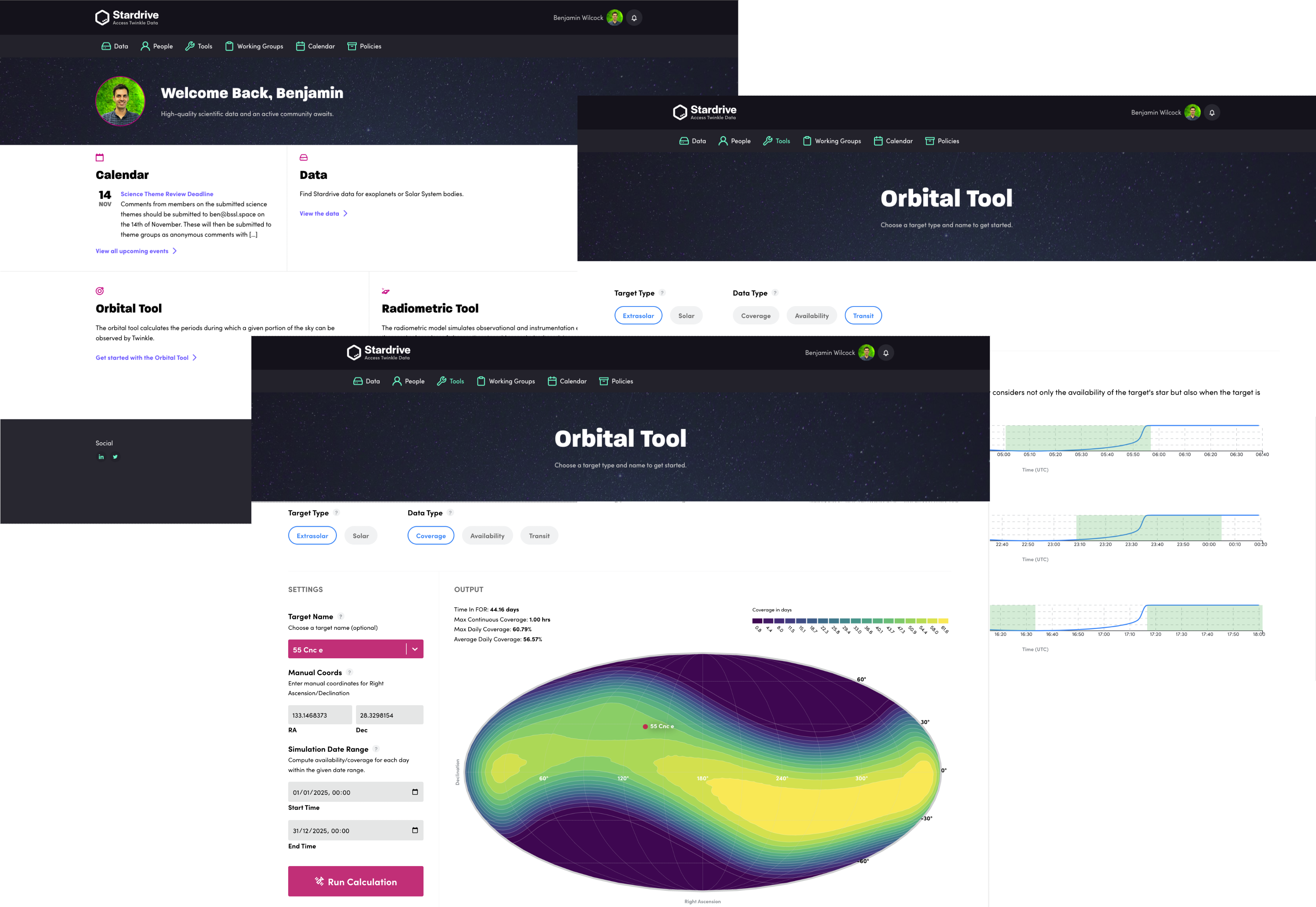
Mauve’s survey science programme will be decided by its members and is open to any scientist worldwide. Members will utilise the Blue Skies Space innovative collaboration portal, Stardrive, providing a comprehensive suite of data management, performance simulation and mission planning tools. Regular data releases will be made to all members throughout the survey’s three-year lifetime with the Blue Skies Space team providing full-time support to assist in the provision and exploitation of the data.
Scientists and research organisations can access the survey programme via an annual membership plan tailored to suit the needs of individuals, groups and institutions. The survey actively encourages the involvement of PhD students and early career scientists.
Founding Members

Boston University

Rice University

Vanderbilt University
Acknowledgement of EU Funding
The Mauve satellite is being developed in close collaboration with consortium partners in the UK and Europe. Blue Skies Space Ltd. and Blue Skies Space Italia S.R.L. are responsible for the overall project delivery and payload provision, C3S Electronikai Fejleszto KFT for the satellite platform, with support from ISIS – Innovative Solutions in Space BV for high-performance AOCS. The University of Kent and the Europlanet network will help liaise with the scientific community to help maximise the scientific return of Mauve.

This project has received funding from the European Union’s Horizon Europe research and innovation programme under grant agreement No. 101082738.
